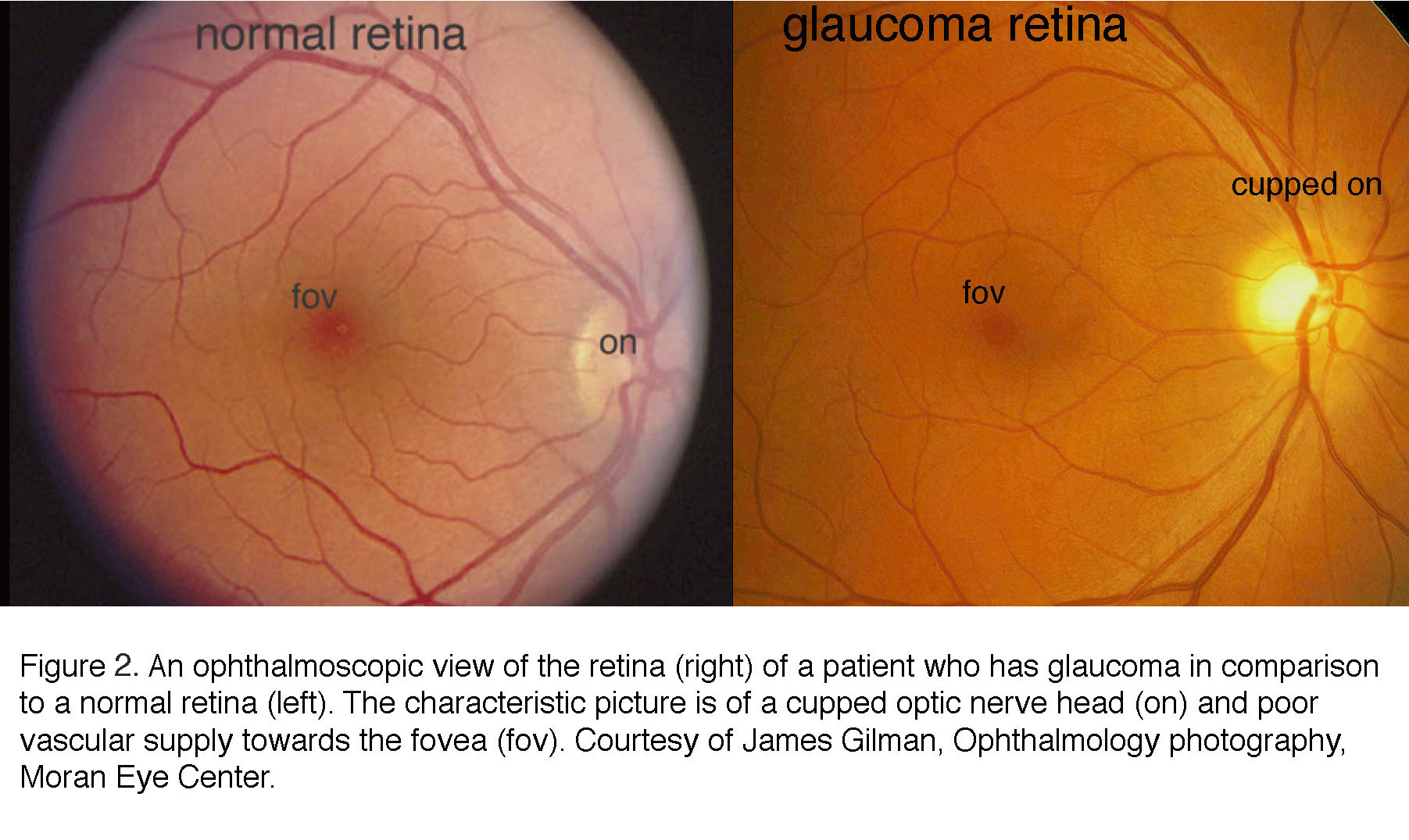Understanding the Different Vision Modification Procedures Available for Clearer View
In the world of vision correction treatments, a plethora of alternatives exist to resolve refractive mistakes and supply people with clearer sight. Let's explore the details of these treatments and dropped light on the path to achieving improved vision quality.
LASIK Surgery
LASIK surgery is an usual refractive procedure made use of to fix vision troubles such as farsightedness, nearsightedness, and astigmatism. This medical technique, which stands for Laser-Assisted in Situ Keratomileusis, intends to improve the cornea to improve just how light is focused on the retina, eventually boosting vision clarity.
One of the primary benefits of LASIK surgery is the rapid improvement in vision experienced by clients. Generally, LASIK surgical treatment is a preferred selection for people looking for a long-lasting option for their vision issues.
PRK Procedure
While additionally a common refractive treatment, the PRK (Photorefractive Keratectomy) technique varies from LASIK surgery in its technique to correcting vision troubles. In PRK, instead of producing a flap on the cornea, the outer layer of the cornea, called the epithelium, is totally gotten rid of. This allows the laser to improve the cornea to correct refractive errors such as astigmatism, nearsightedness, and farsightedness directly externally.

Regardless of the longer recuperation time, PRK can yield outstanding lead to vision enhancement, making it a useful choice for those that might not appropriate prospects for LASIK surgical procedure.
Implantable Lenses
In comparison to PRK where the cornea is improved straight, implantable lenses supply an additional approach for dealing with vision by putting fabricated lenses inside the eye. This treatment is specifically valuable for people with high levels of farsightedness, nearsightedness, or astigmatism who may not be ideal prospects for laser surgical procedures like LASIK or PRK.
Implantable lenses, likewise called phakic intraocular lenses, work by supplementing the eye's natural lens with a fabricated one. refractive surgeries in al. These lenses can be positioned in front of the natural lens (former chamber) or behind the iris and before the natural lens (posterior chamber) By adjusting the power and positioning of these lenses, eye doctors can properly fix refractive mistakes and enhance aesthetic acuity
One benefit of implantable lenses is that they are detachable and exchangeable, supplying versatility for future modifications. As with any type of medical treatment, there are risks included, such as infection or cataract development. Individuals thinking about implantable lenses should seek advice from an eye treatment expert to figure out the most appropriate option based upon their specific requirements and eye health and wellness.
Corneal Rings
Corneal rings, likewise known as intracorneal ring sectors, are tiny, transparent devices placed into the cornea to deal with vision Check This Out distortions such as keratoconus. Keratoconus is a problem where the cornea thins and protrudes outside, causing vision to come to be distorted. The insertion of corneal rings aids to flatten the cornea, boosting visual skill and decreasing the irregular astigmatism brought on by keratoconus.
The treatment for placing corneal rings is relatively fast and minimally invasive, typically executed as an outpatient procedure. During the surgical procedure, the ophthalmologist makes a small cut in the cornea and inserts the rings at a specific depth. When in position, the rings help to improve the cornea, giving a smoother surface for light to go into the eye, which can lead to more clear vision.
Corneal rings are considered a reversible treatment, as they can be gotten rid of or replaced if required. refractive surgeries in al. While they may not completely get rid of the demand for glasses or call lenses, corneal rings can significantly enhance vision high quality and total aesthetic convenience for people with keratoconus or use this link other corneal abnormalities
Refractive Lens Exchange
Complying with the modification of corneal abnormalities with treatments like corneal rings, an additional vision improvement strategy that can address refractive errors is Refractive Lens Exchange (RLE) RLE is a surgical procedure that involves replacing the eye's all-natural lens with a fabricated intraocular lens (IOL) to deal with refractive mistakes such as nearsightedness, presbyopia, and farsightedness. This procedure is specifically helpful for people who might not be ideal candidates for procedures like LASIK or PRK next as a result of variables such as slim corneas or high refractive errors.

Conclusion
In verdict, there are numerous vision improvement treatments offered to assist individuals achieve clearer view. LASIK surgical procedure, PRK treatment, implantable lenses, corneal rings, and refractive lens exchange are all choices that can deal with different vision issues.
In the world of vision improvement treatments, a wide variety of choices exist to deal with refractive errors and provide people with more clear sight.LASIK surgery is an usual refractive treatment utilized to fix vision problems such as nearsightedness, astigmatism, and farsightedness.While also an usual refractive procedure, the PRK (Photorefractive Keratectomy) technique differs from LASIK surgery in its technique to fixing vision troubles.Complying with the correction of corneal abnormalities with procedures like corneal rings, an additional vision modification technique that can attend to refractive errors is Refractive Lens Exchange (RLE) LASIK surgical procedure, PRK procedure, implantable lenses, corneal rings, and refractive lens exchange are all alternatives that can deal with various vision problems.